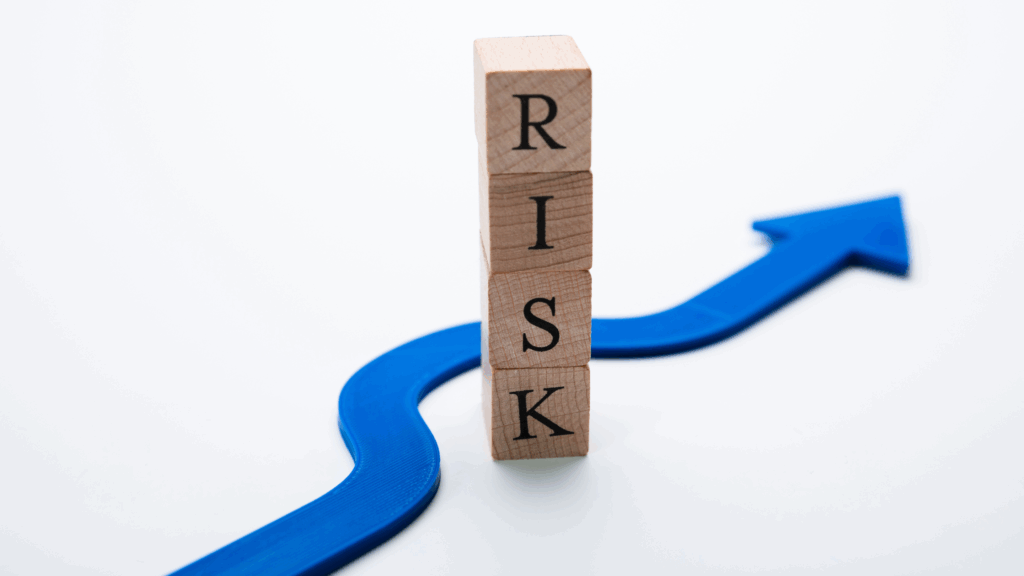Earlier this week, it was reported that 2.9 billion people had their data, including Social Security numbers, hacked after a data breach from National Public Data, a Florida-based background check company. According to the law firm overseeing the breach, the data stolen “includes names, address histories, relatives and Social Security numbers dating back at least three decades.”
As these data breaches seem to be an almost daily occurrence anymore, we will be coming out with a more detailed analysis and list of steps you can take to prevent being a victim or to respond once your data has been exposed. In the interim, below are two options that you can implement immediately, if you have not so already:
Fraud Alerts & Credit Freezes
Both fraud alerts and credit freezes are free tools that can help protect you from identity theft and credit fraud. However, they have different uses and restrictions:
1. Fraud Alerts: These are more temporary, lasting one year, and add an extra layer of verification to your credit file. When you have a fraud alert, creditors are notified that you may be a victim of fraud, and they may take extra steps to verify your identity before opening a new account in your name. This can make it easier to apply for credit than with a credit freeze, since you don’t need to lift or remove the alert first. You can set up a fraud alert online or by phone.
Place a fraud alert on your credit report. Fraud alerts can help prevent an identity thief from opening any more accounts in your name. Contact the toll free fraud telephone number of any of the three consumer reporting agencies (CRAs) below to place a fraud alert on your credit report. You need only contact one of the three CRAs to place an alert. That company is required to contact the other two, which will place alerts on their versions of your report, too. If you do not receive a confirmation from a company, you should contact that company directly to place a fraud alert.

Once you place the fraud alert in your file, you’re entitled to order one free copy of your credit report from each of the three CRAs, and, if you ask, only the last four digits of your Social Security number will appear on your credit reports. Once you get your credit reports, review them carefully. Look for inquiries from companies you haven’t contacted, accounts you didn’t open, and debts on your accounts that you can’t explain. Check that information like your Social Security number, address(es), name or initials, and employers are correct. If you find fraudulent or inaccurate information, get it removed.
Continue to check your credit reports periodically, especially for the first year after you discover the identity theft, to make sure no new fraudulent activity has occurred.
2. Credit Freeze: These are more restrictive and can last indefinitely. They prevent anyone from accessing your credit report, including you, so you can’t apply for new credit accounts. However, you can temporarily lift the freeze if you need to apply for credit, and you can choose when to put it back in place. To freeze your credit, you need to contact each of the three national credit bureaus separately: Equifax, Experian, and TransUnion.
Consumer Reporting Agencies (CRAs)
- Equifax
P.O. Box 740241, Atlanta, GA 30374-0241
Phone: 800-525-6285
Web site: www.equifax.com - Experian
P.O. Box 9701, Allen, TX 75013-0949
Phone: 888-397-3742
Web site: www.experian.com - TransUnion
P.O. Box 6790, Fullerton, CA 92834
Phone: 800-680-7289
Web site: www.transunion.com



